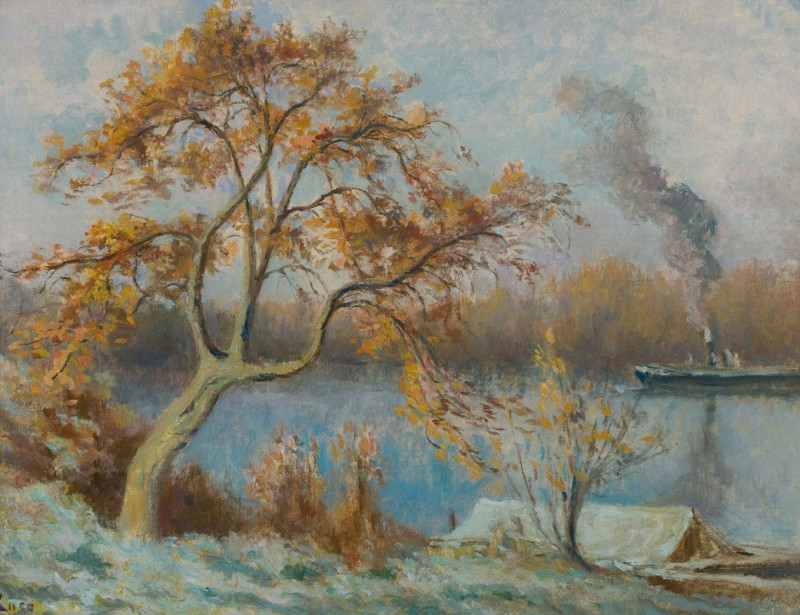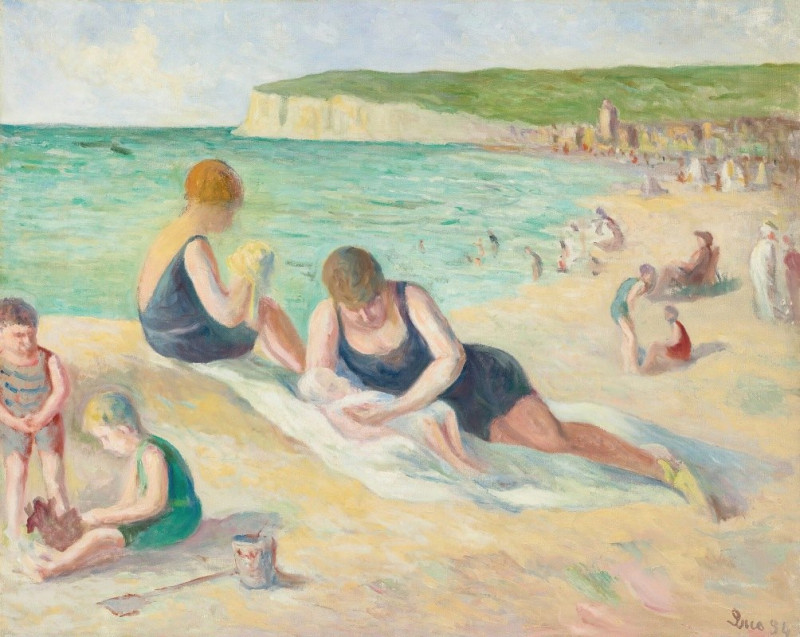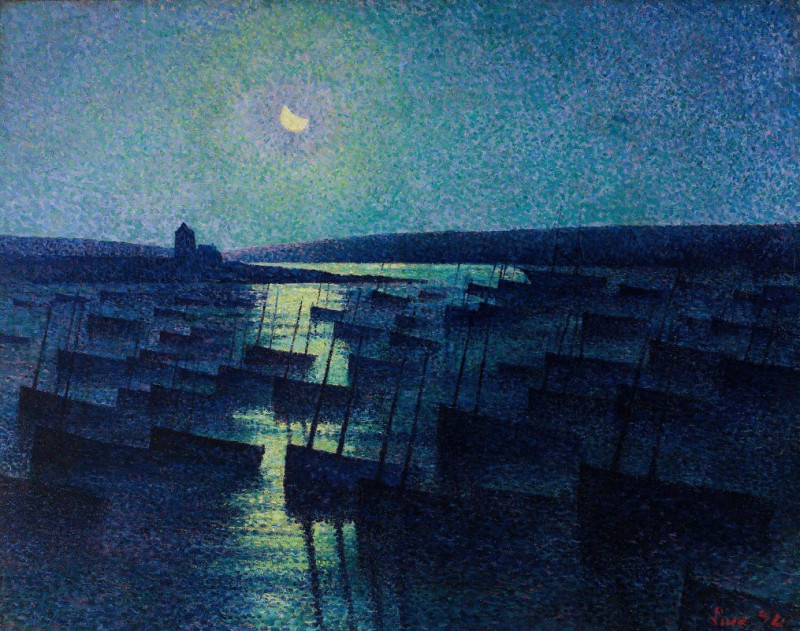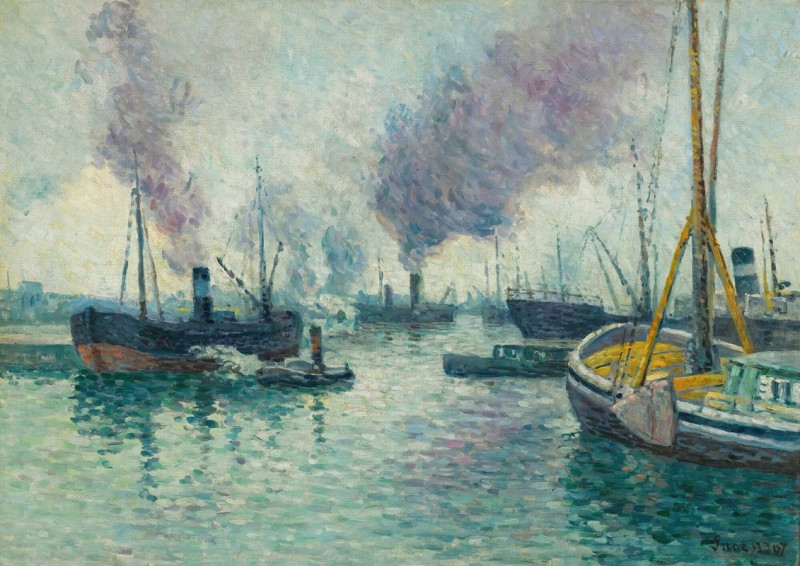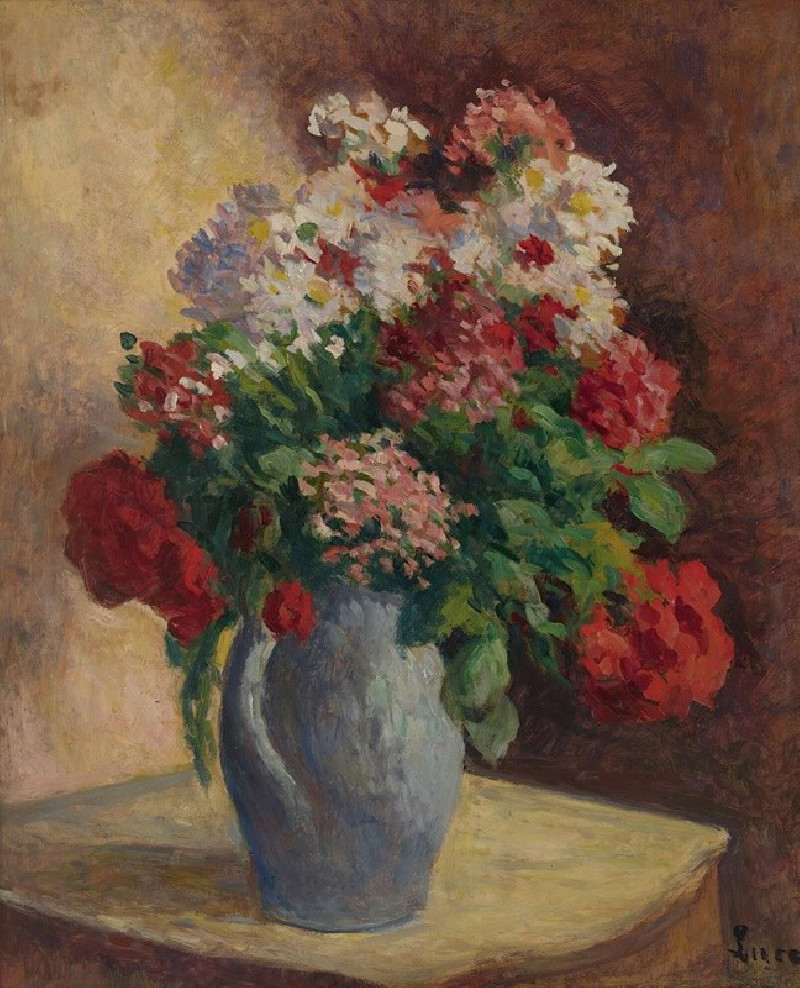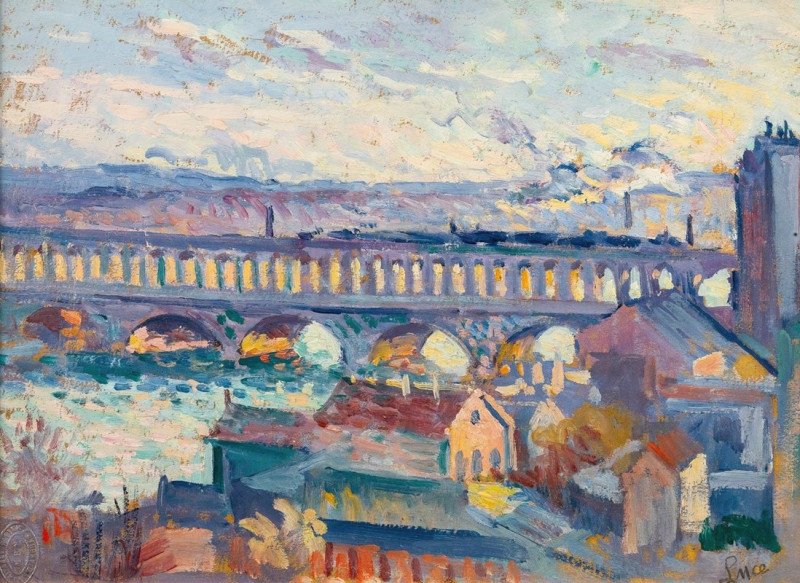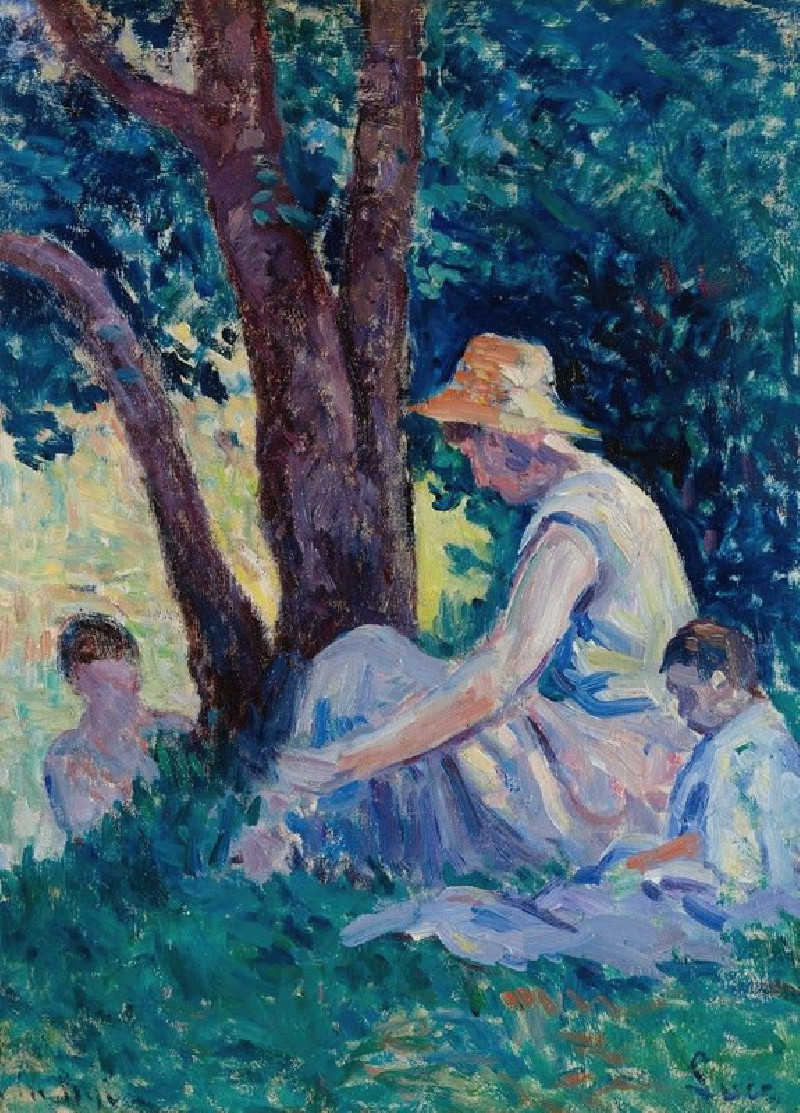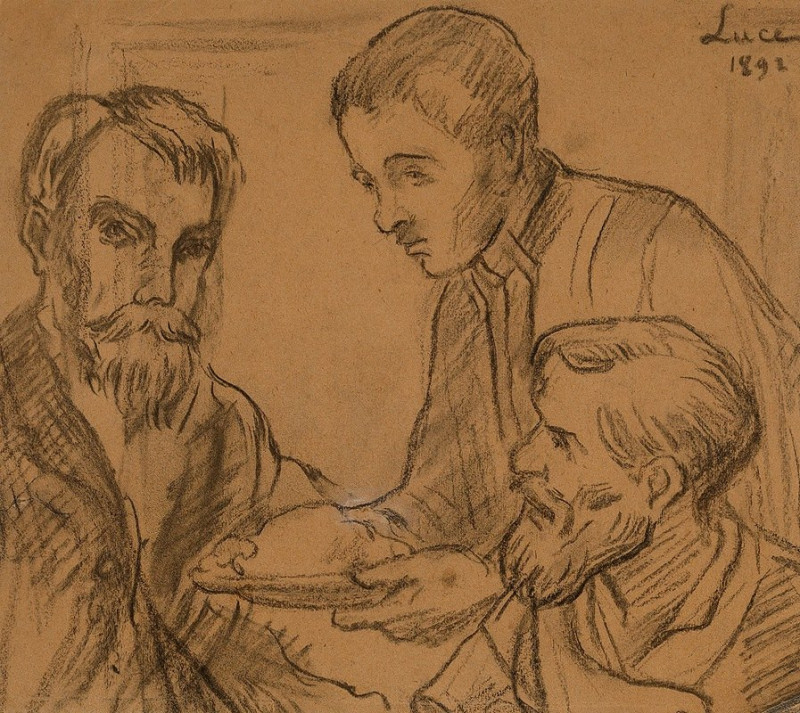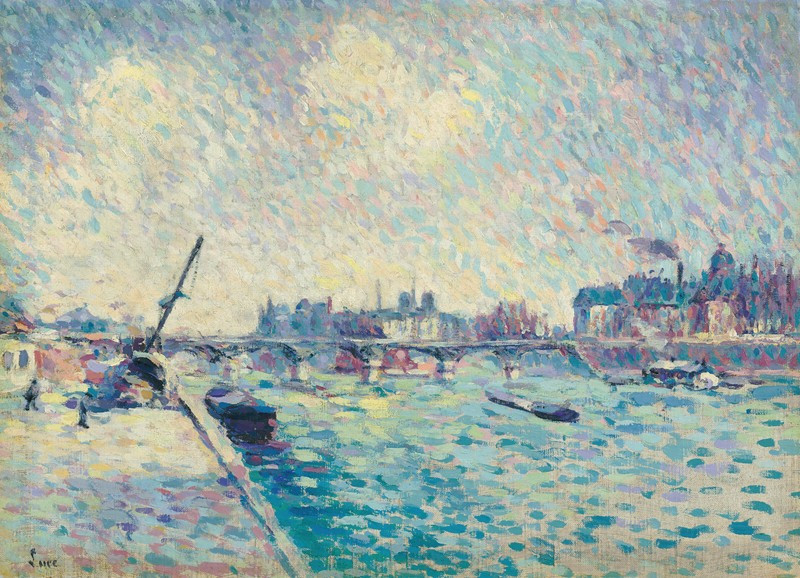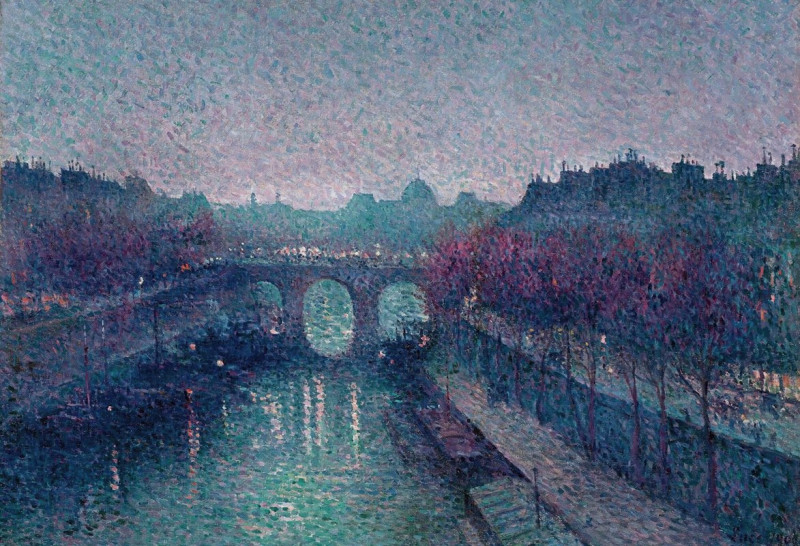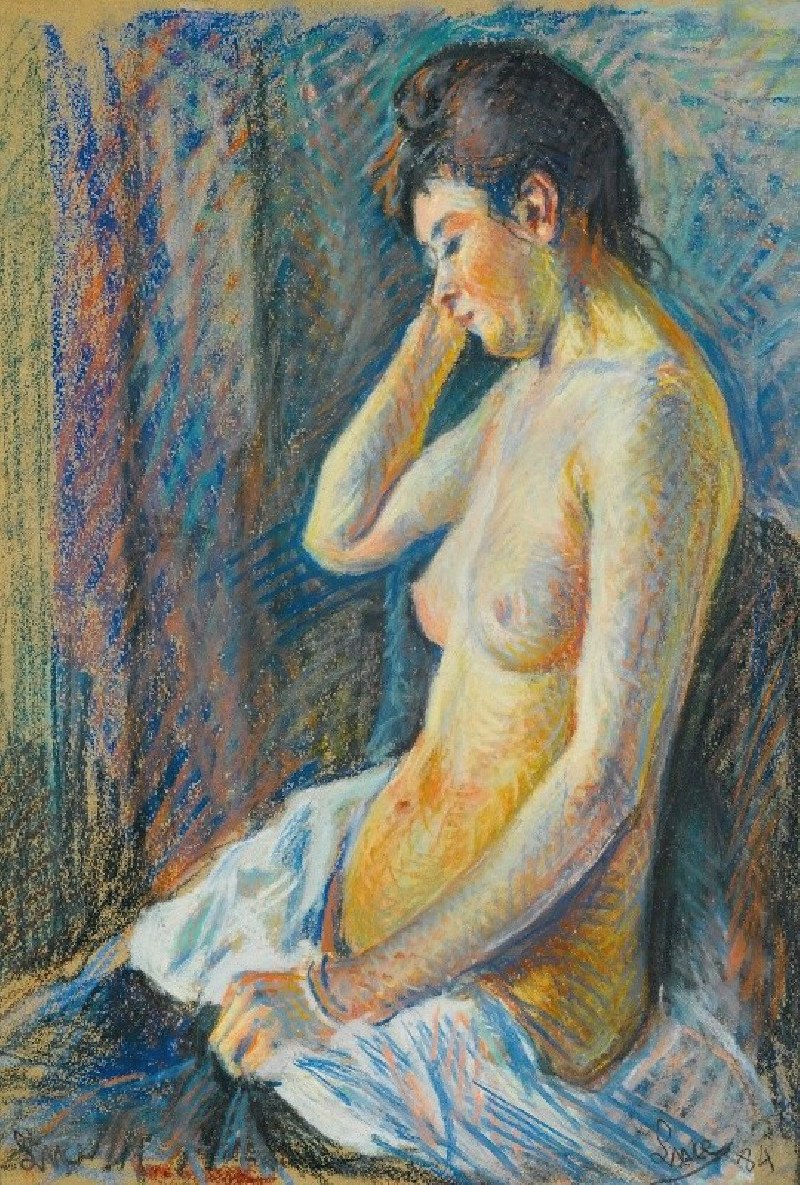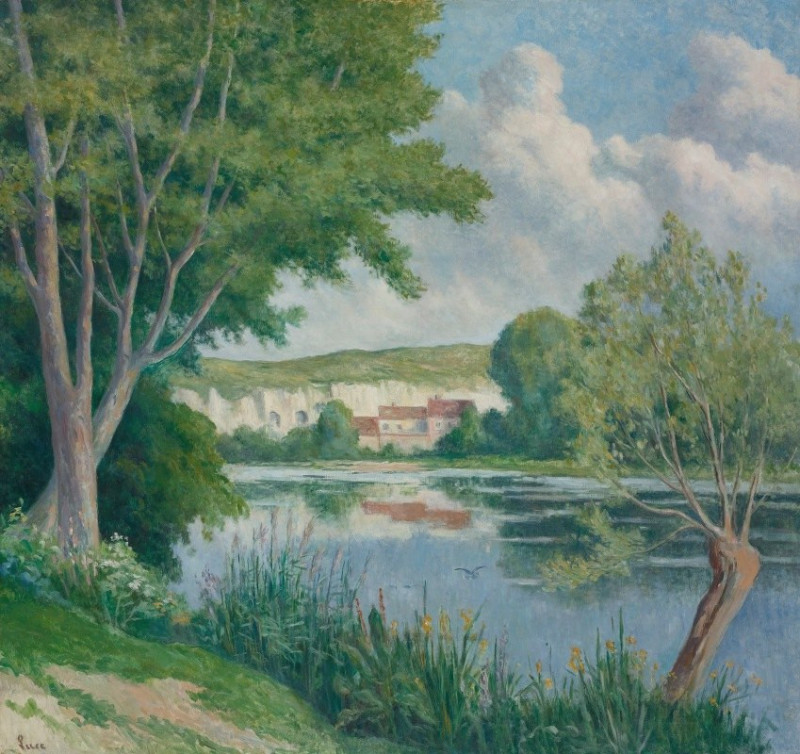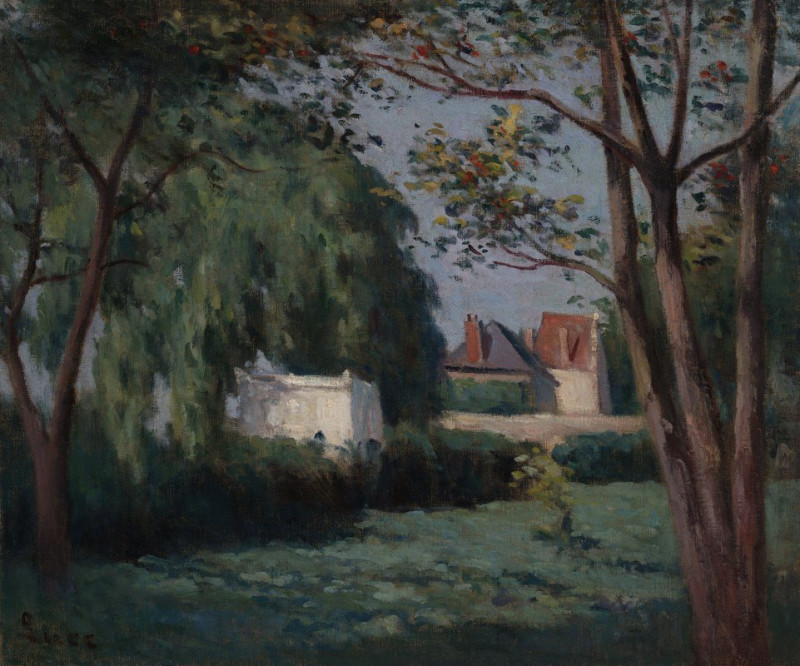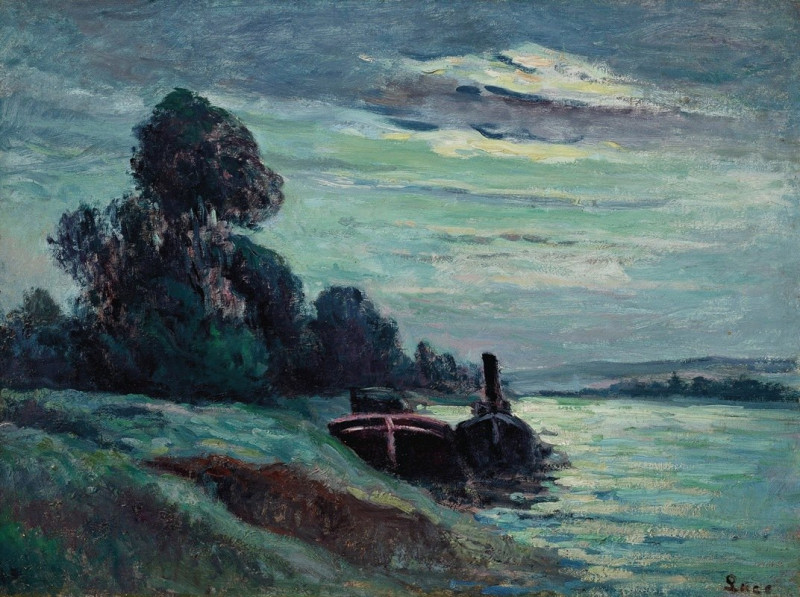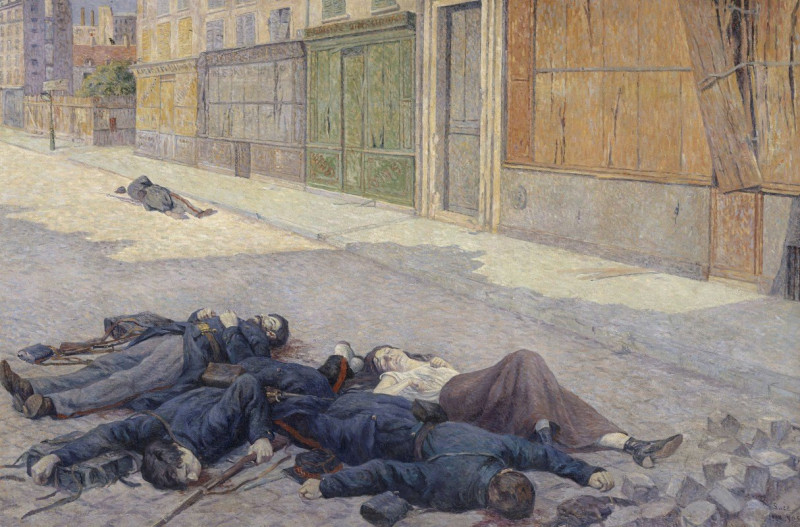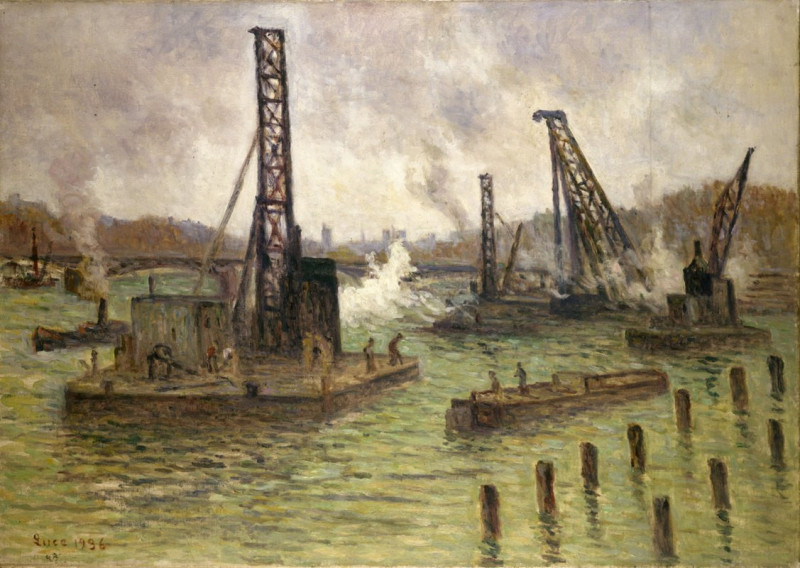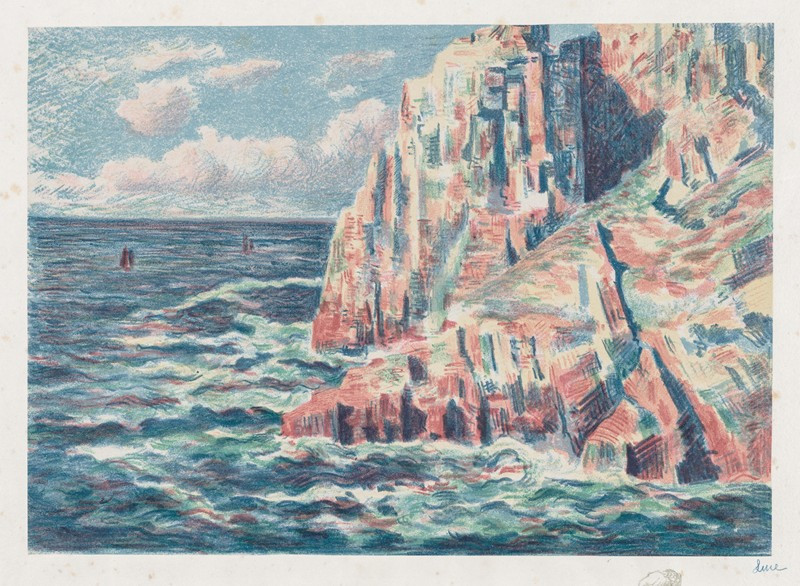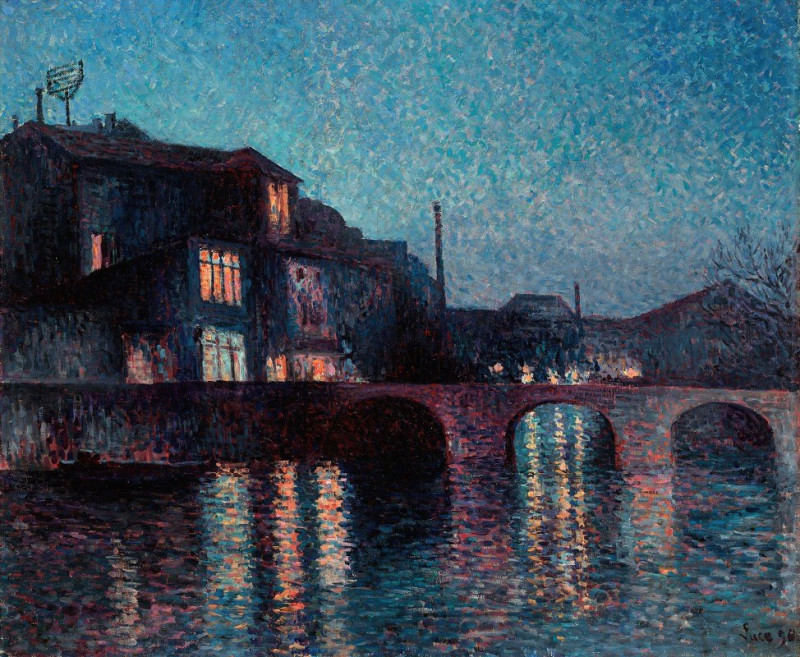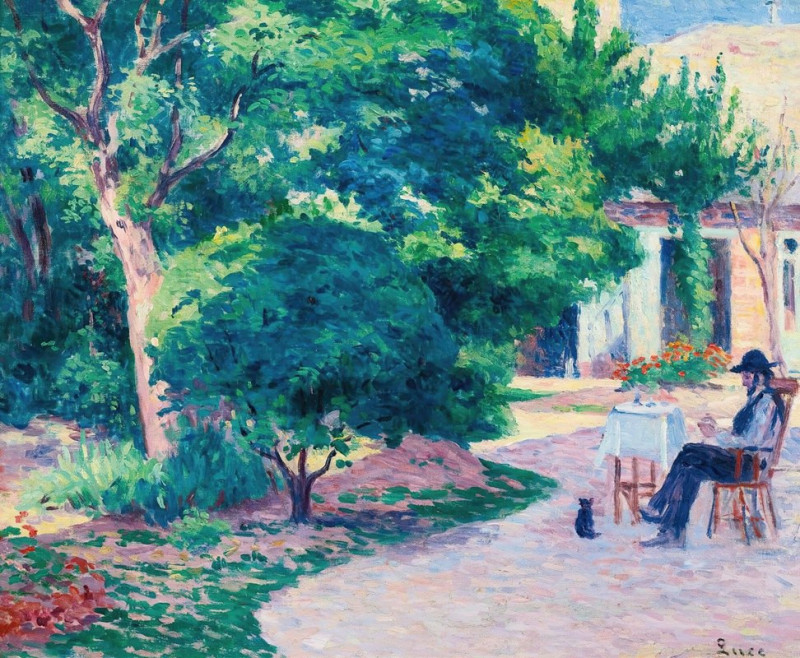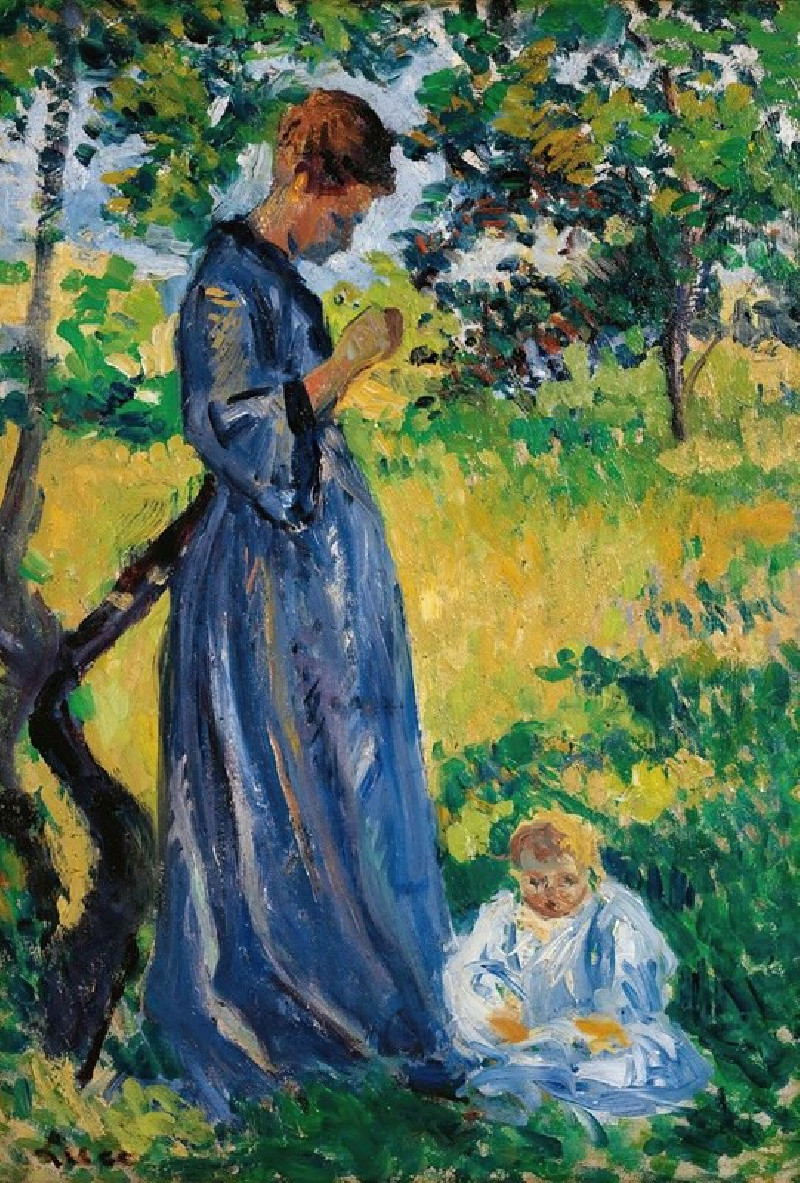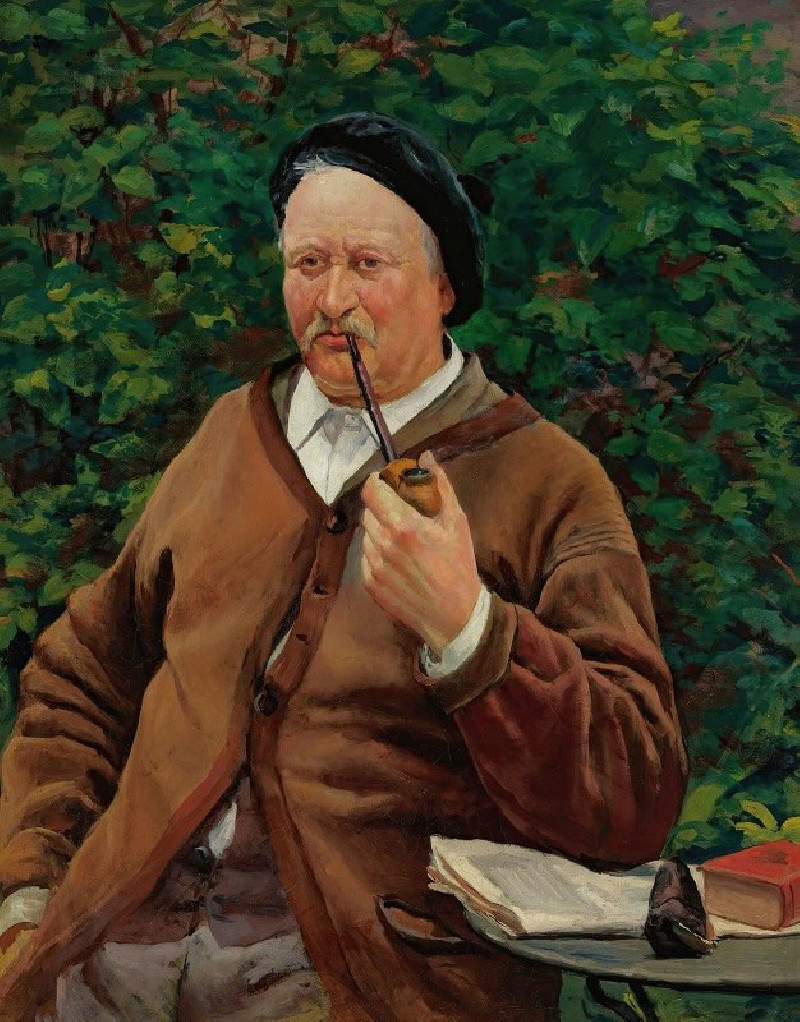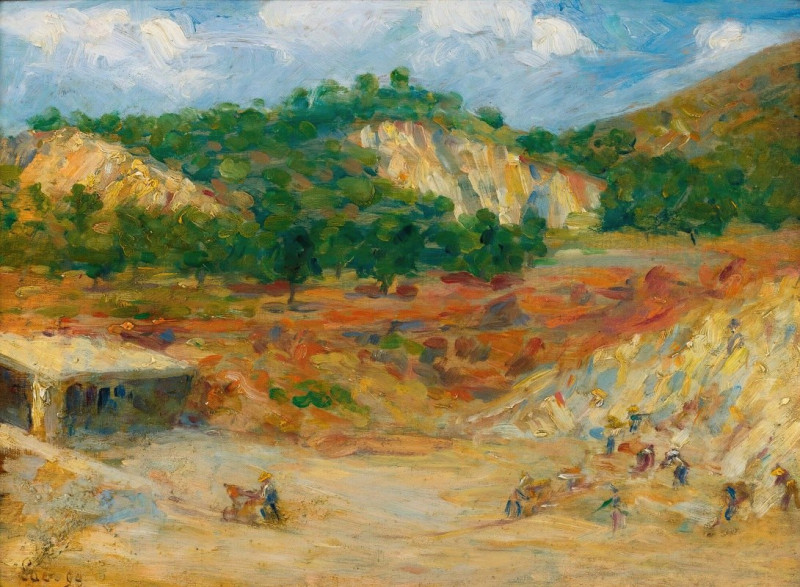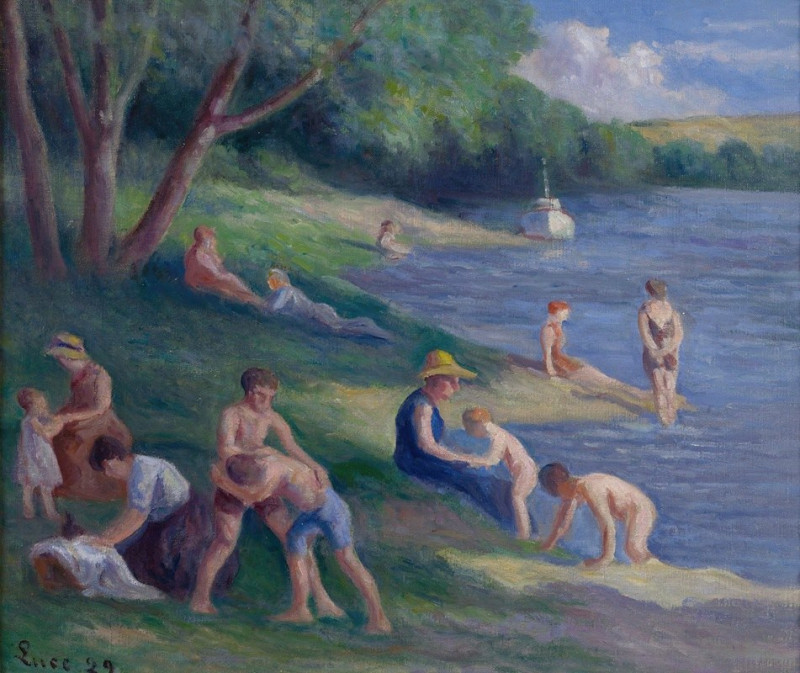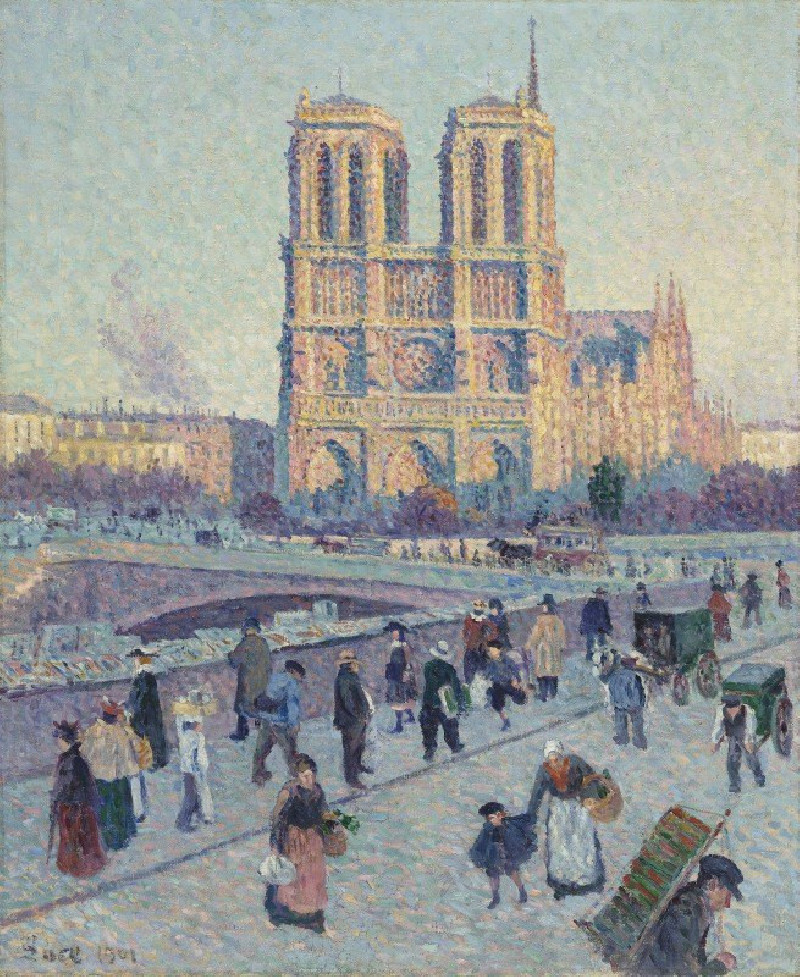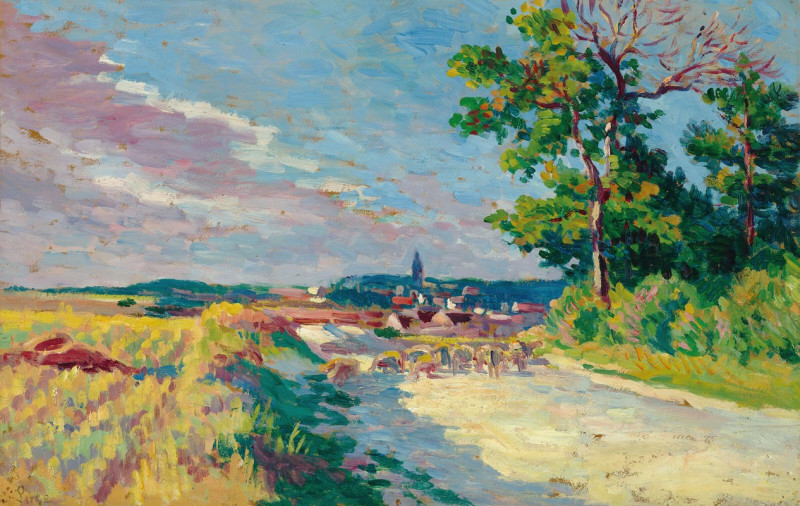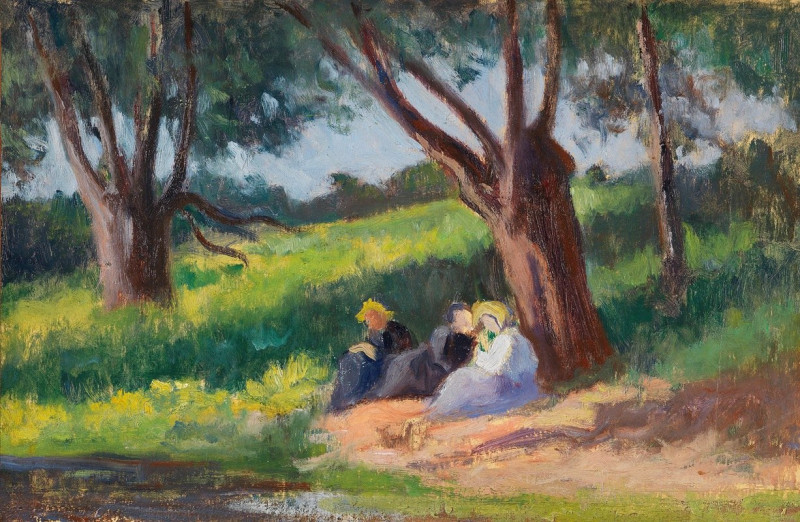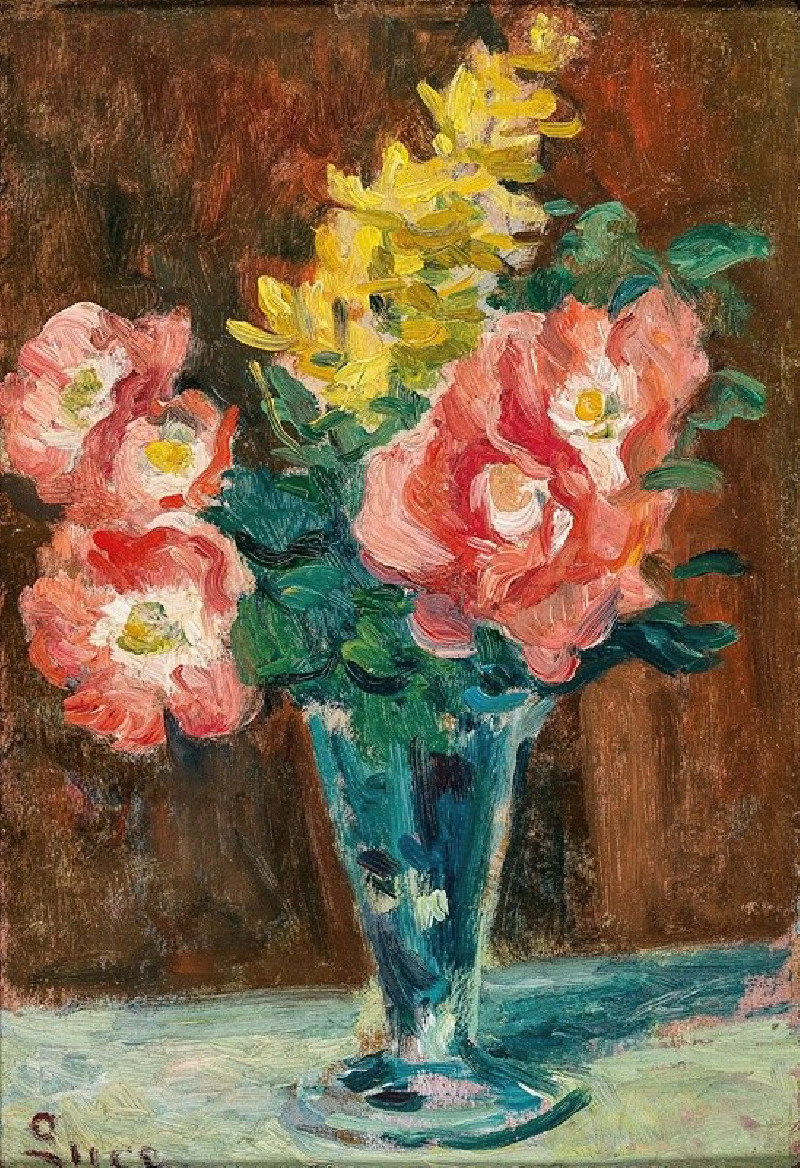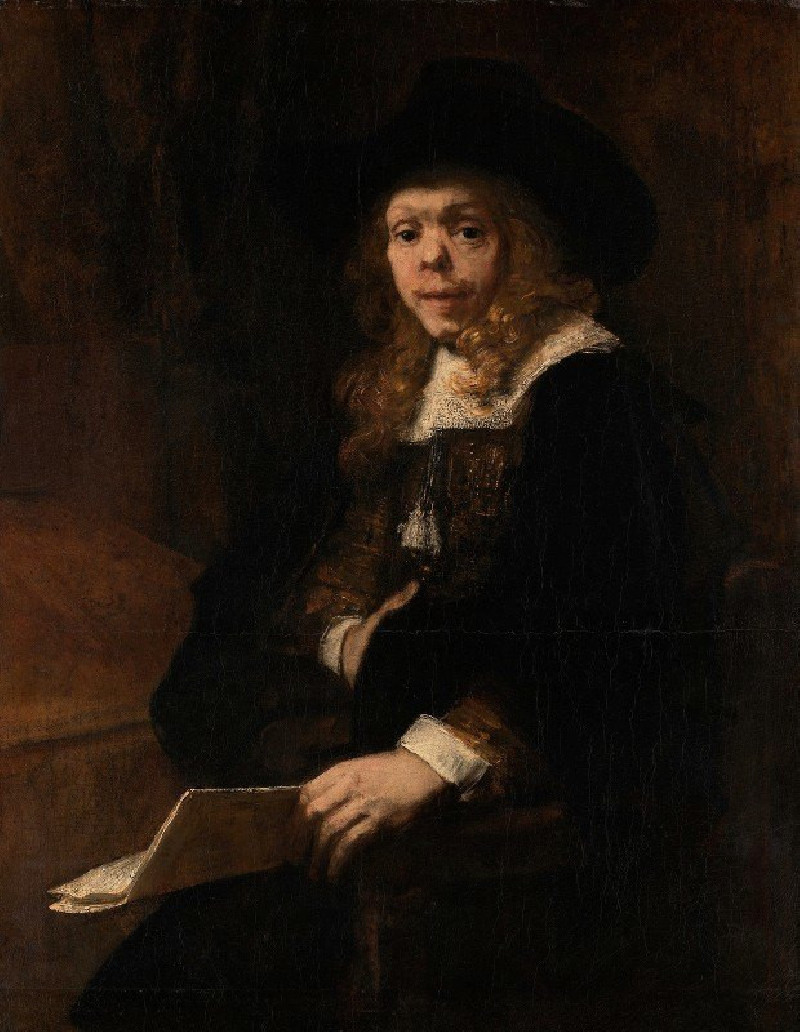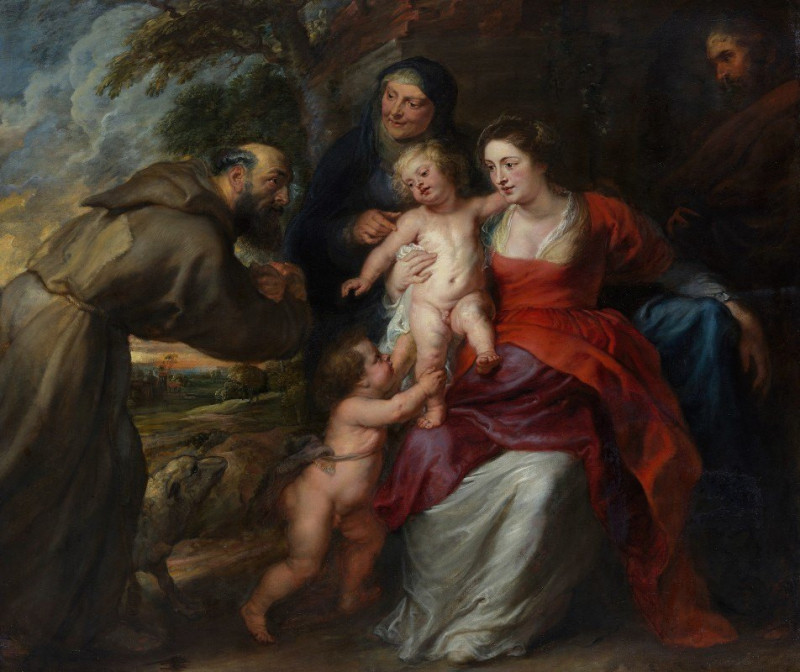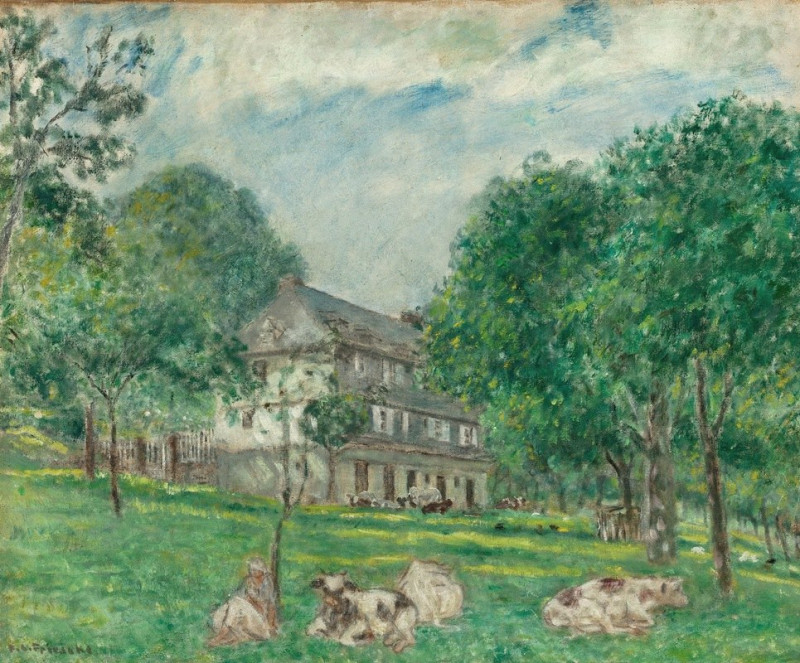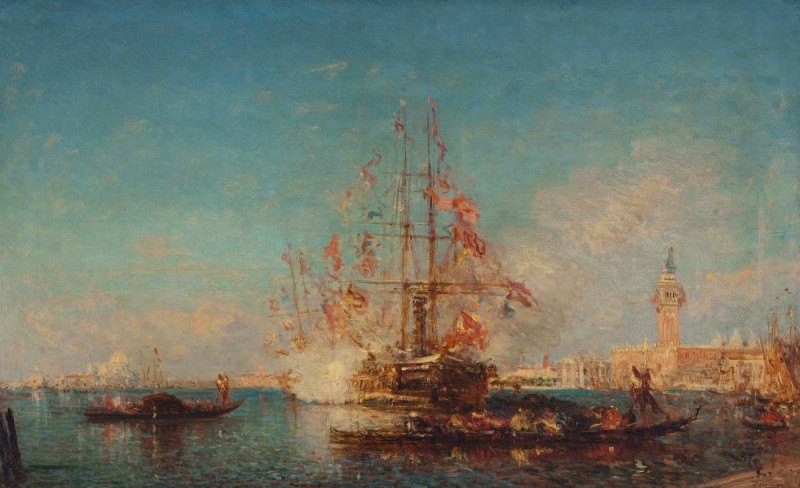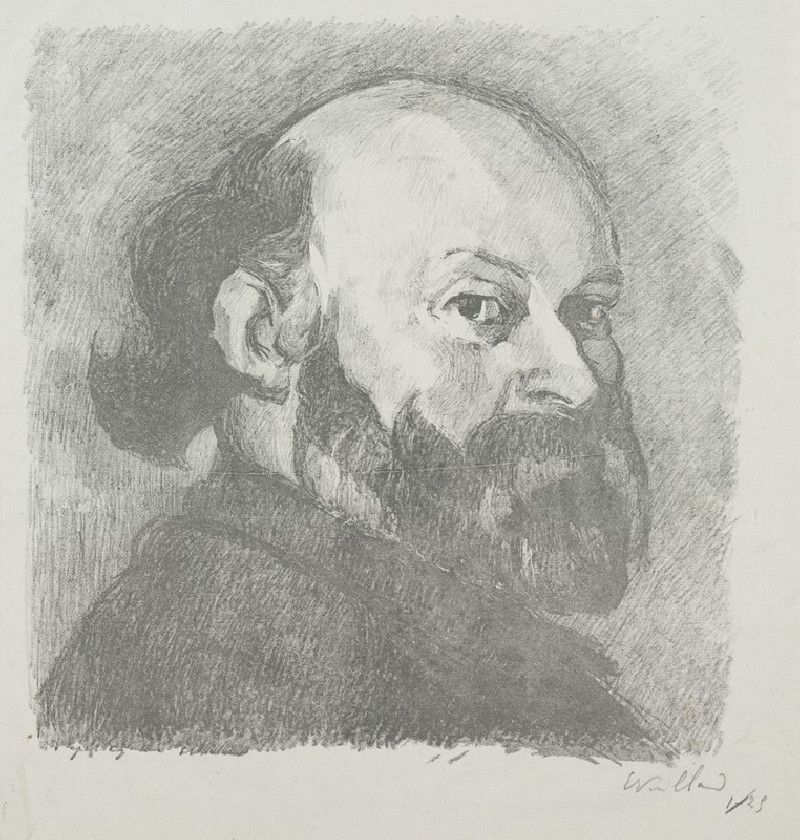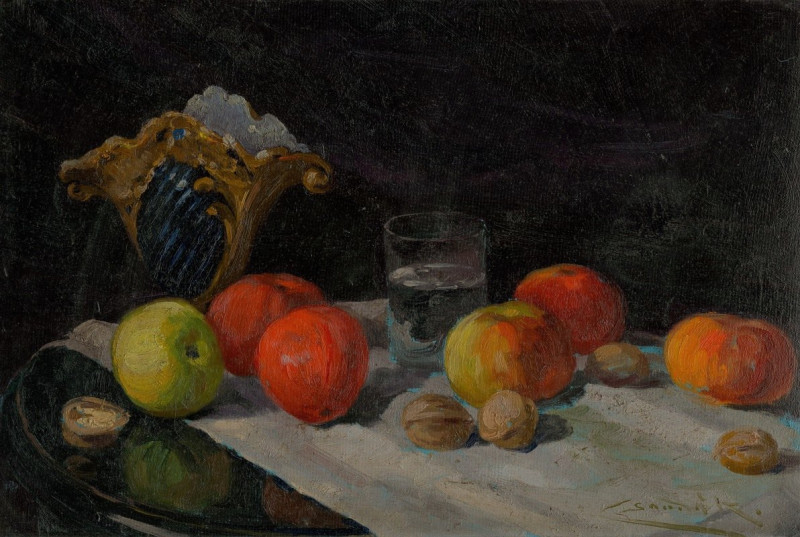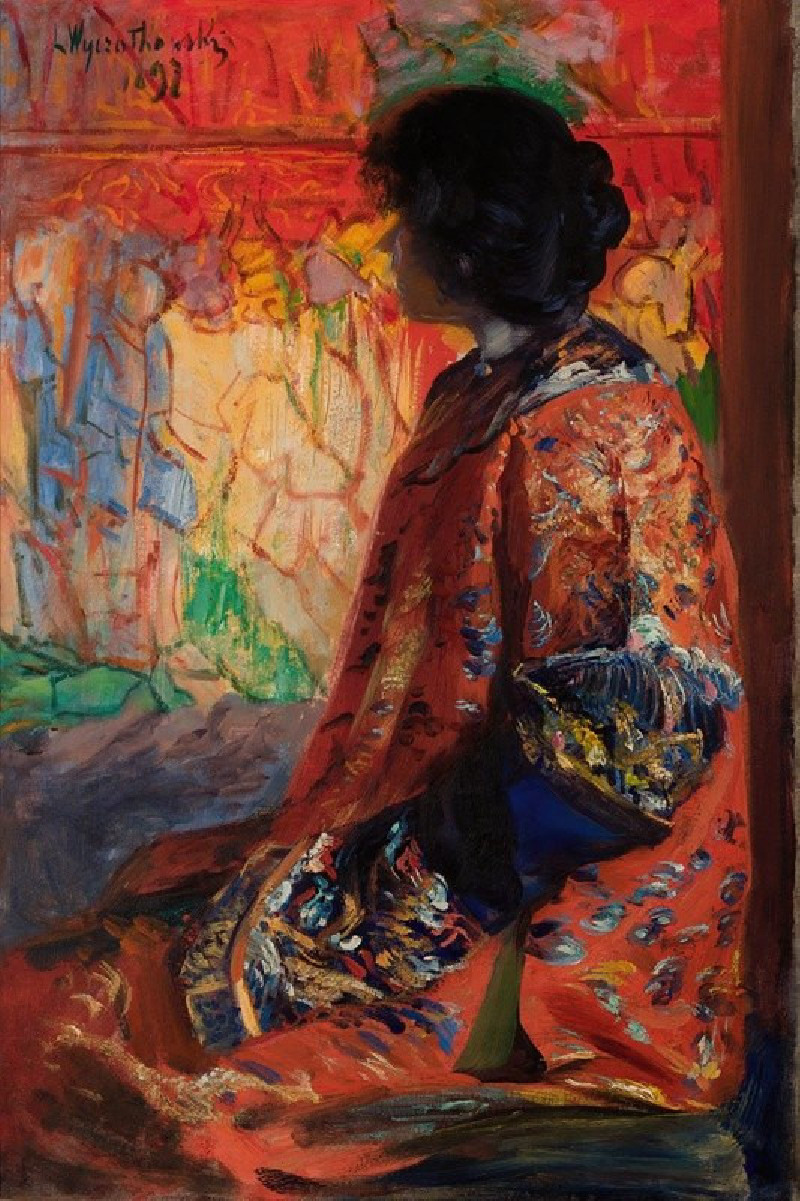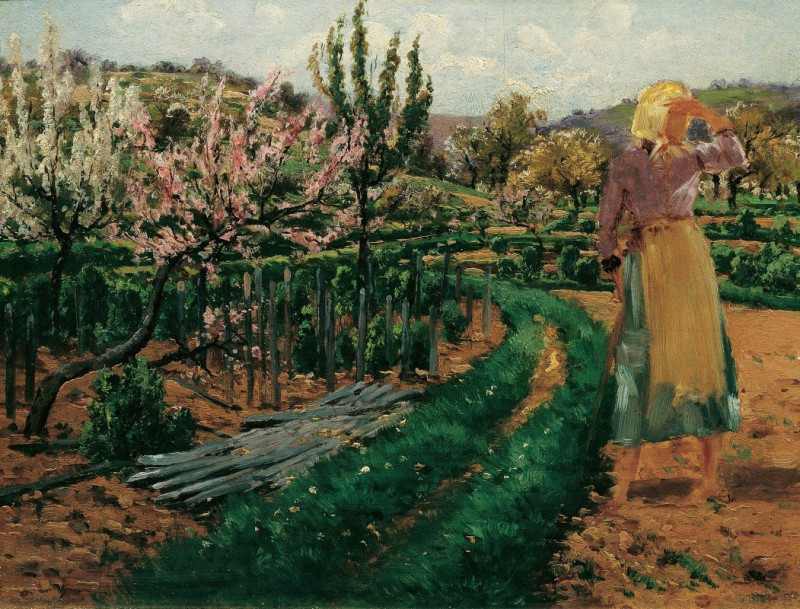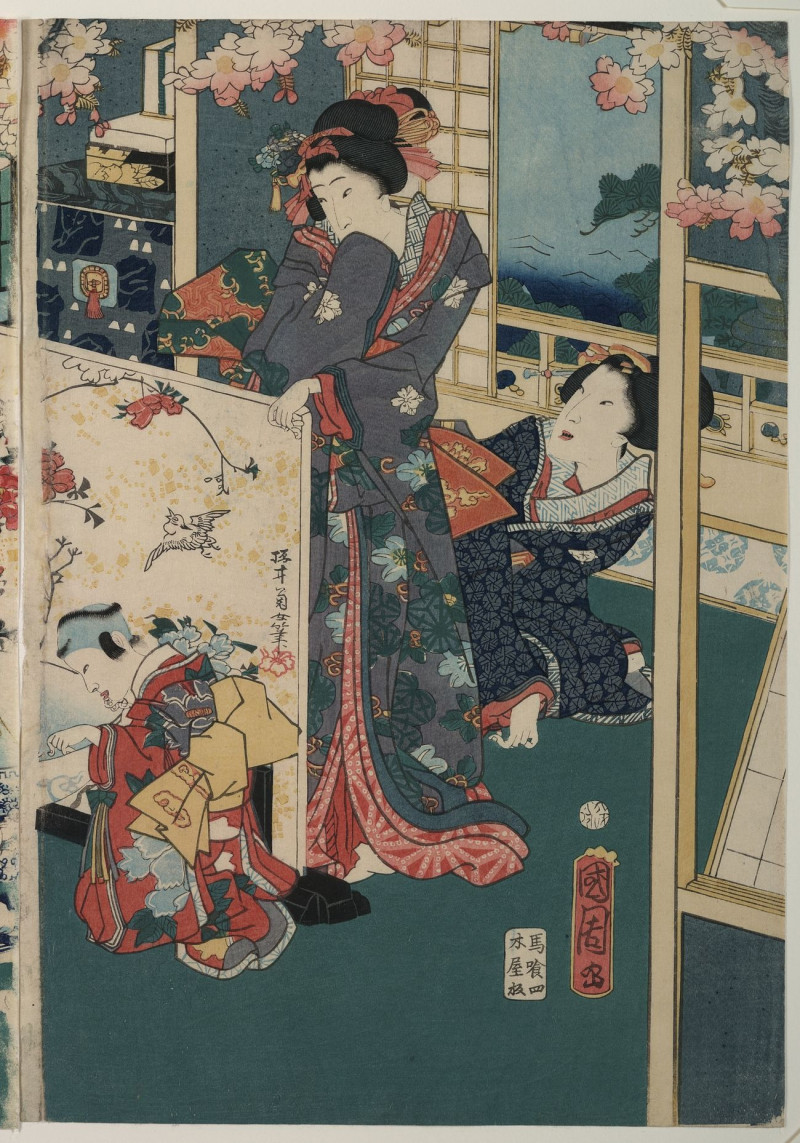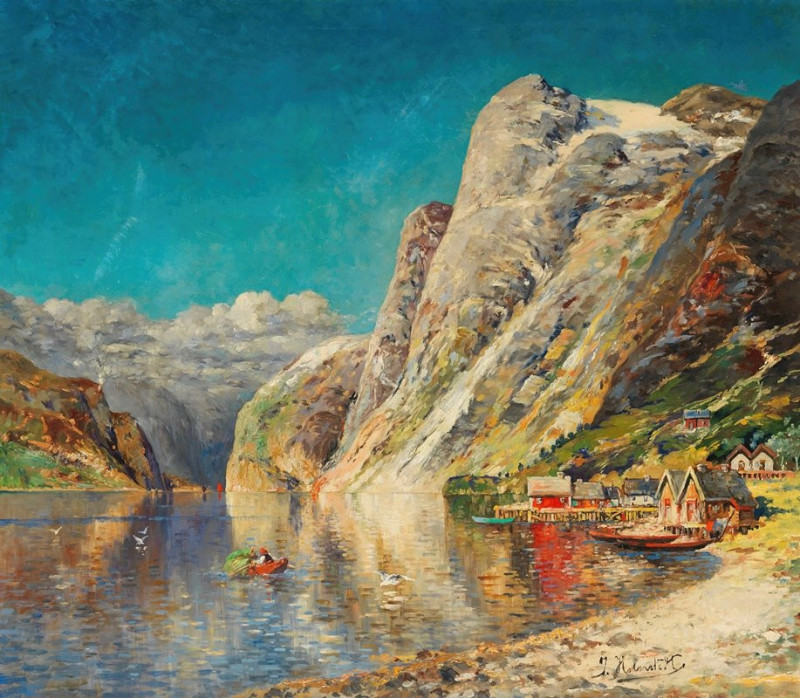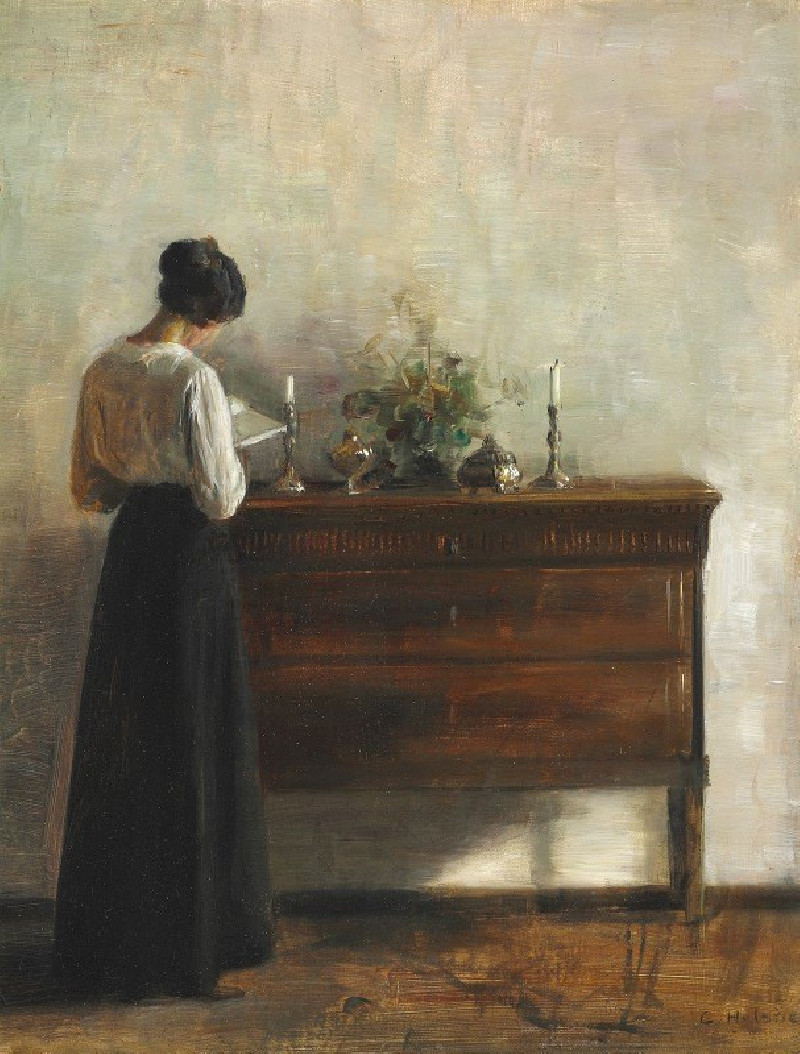Les Bords De Seine Au Printemps (circa 1920)
Technique: Giclée quality print
Recommended by our customers
More about this artwork
"Les Bords De Seine Au Printemps" is a captivating landscape painting by the French artist Maximilien Luce, capturing the serene beauty of the banks of the Seine River in spring. Dated around 1920, this painting exhibits Luce's characteristic use of light and color, elements which were influenced by his affiliations with the Neo-Impressionist movement.The artwork particularly showcases a majestic tree with lush branches, where shades of gold and orange leaves suggest the gentle embrace of spring. These warm hues contrast beautifully with the soft, misty blues of the river, enhancing the reflective quality of water. In the background, a hint of a distant boat subtly breaks the calm surface of the river, adding a sense of quiet activity to the scene.The use of light, soft brushstrokes gives the painting a soft, almost ethereal quality, inviting the viewer to pause and reflect on the peaceful scene. Luce's work not only captures the physical beauty of the location but also evokes the tranquil and rejuvenating spirit of spring on the Seine.
Delivery
Returns
Maximilien Luce was a prolific French Neo-impressionist artist, known for his paintings, illustrations, engravings, and graphic art, and also for his anarchist activism. Starting as an engraver, he then concentrated on painting, first as an Impressionist, then as a Pointillist, and finally returning to Impressionism.

